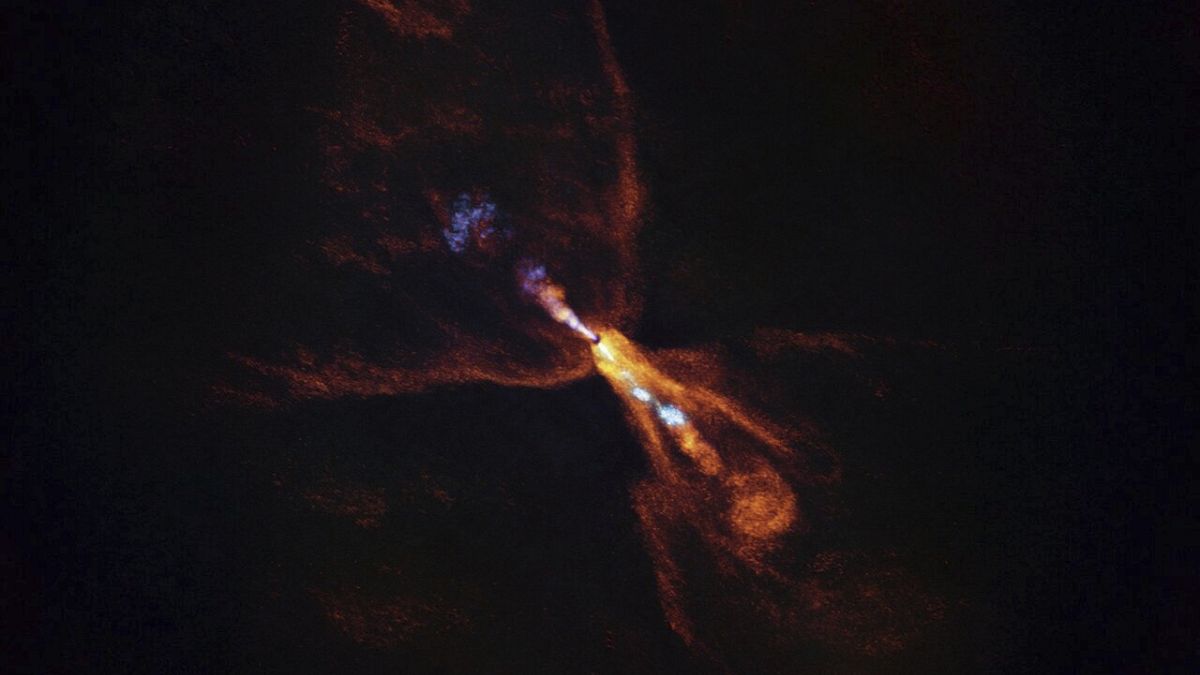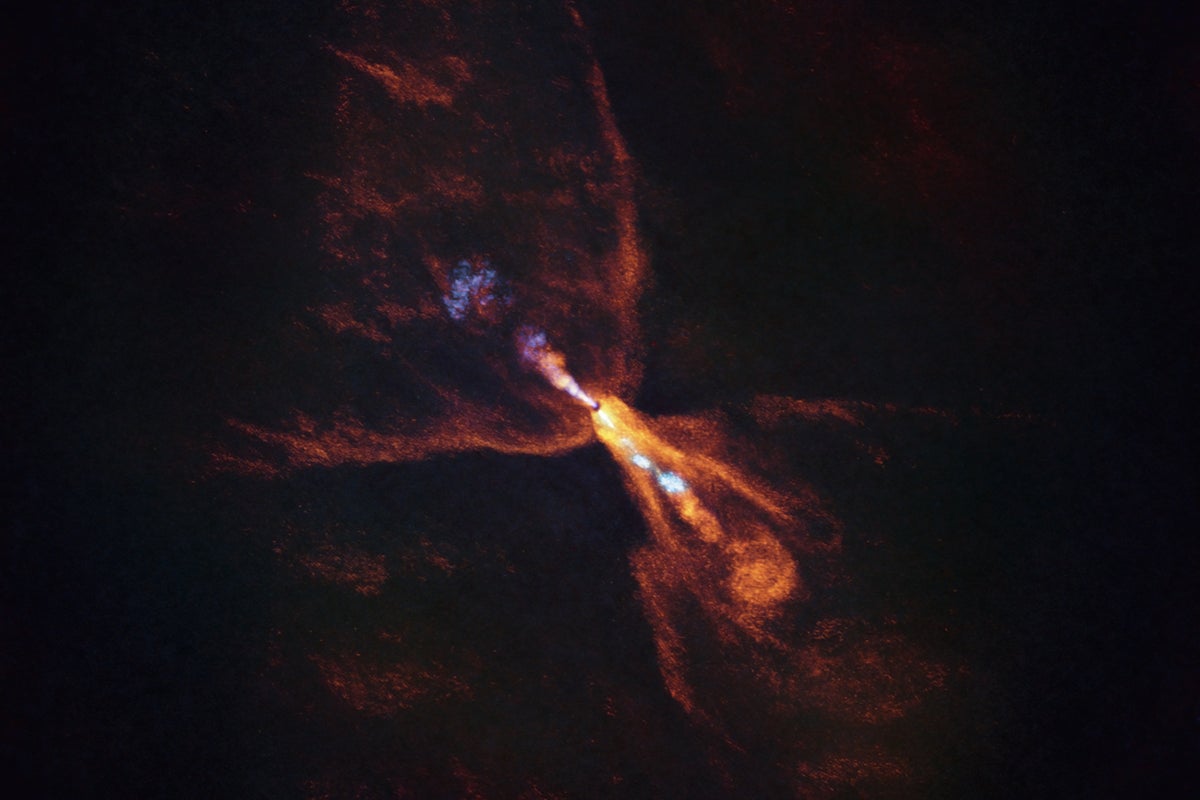In a remarkable achievement that pushes the boundaries of astronomical research, scientists have obtained unprecedented images depicting the initial stages of planet formation around distant stars. Utilizing cutting-edge technology, including the James Webb Space Telescope, astronomers observed a baby star located 1,300 light-years away, revealing the formation of rocky planetary seeds. These findings represent a significant leap in our understanding of how solar systems develop and evolve over time,
Did You Know
Sea otters hold hands while sleeping to avoid drifting apart in the water.
?
AD
akin to capturing the "baby pictures" of planets as they emerge from swirling gas clouds.
Among the intriguing developments is the work of noted Harvard astronomer Avi Loeb, who has recently drawn attention to the concept of interstellar objects. He suggests that some of these celestial visitors in our solar system may not fit the traditional classifications of asteroids or comets, provoking speculation about their origins. While the dataset discusses interstellar objects, it does not provide direct support for claims of extraterrestrial influences, so this aspect of his commentary has been moderated for clarity. This line of inquiry enriches our comprehension of other worlds and ignites a sense of wonder about the vast cosmos and our place within it.
As discoveries continue to unfold, excitement mounts within the scientific community. The identification of a super-Earth, a newly discovered planet that is significantly larger than Earth, adds an enticing layer to the narrative of cosmic exploration. Furthermore, the discovery of meteorites in the Sahara, possibly originating from Mercury, underscores the interconnectedness of celestial phenomena and broadens our perspective on the solar system's formation. Collectively, these revelations inspire new conversations about the potential for life beyond Earth and reshape our understanding of the universe.
Q&A (Auto-generated by AI)
What are meteorites and how are they formed?
Meteorites are solid fragments of material that survive their passage through Earth's atmosphere and land on the surface. They originate from asteroids, comets, or even planets, often formed during the early solar system's chaotic processes. When a meteoroid, a smaller particle from space, enters Earth's atmosphere, it heats up due to friction, creating a bright streak known as a meteor. If it survives this intense heat and impact, it becomes a meteorite.
Why is Mercury the least studied rocky planet?
Mercury is the least studied rocky planet primarily due to its proximity to the Sun, which makes it difficult to observe. Its extreme temperatures and lack of atmosphere also pose challenges for exploration. The Mariner 10 mission in the 1970s provided the first images, but only a fraction of its surface was mapped. The MESSENGER spacecraft, launched in 2004, offered more insights, yet much about its geology and composition remains unknown.
How do scientists determine the origin of meteorites?
Scientists determine the origin of meteorites through various methods, including isotopic analysis, chemical composition, and mineralogy. By comparing the elemental and isotopic ratios of meteorites with known bodies in the solar system, researchers can trace their origins. For instance, meteorites thought to come from Mars have specific isotopic signatures distinct from those of asteroids or the Moon.
What is the significance of finding Mercury fragments?
Finding fragments from Mercury is significant as it provides invaluable insights into the planet's composition and formation. Mercury is the innermost planet, and its materials can reveal information about the early solar system's conditions. If the meteorites are confirmed to be from Mercury, they would represent the first identified samples from this elusive planet, enhancing our understanding of planetary evolution.
How do meteorites provide insights into planetary formation?
Meteorites serve as time capsules from the early solar system, preserving the original materials from which planets formed. By studying their composition, scientists can infer the processes that led to planetary formation, including the conditions of the solar nebula. Some meteorites contain primitive materials that predate the formation of planets, offering clues to the chemical and physical environment of the early solar system.












